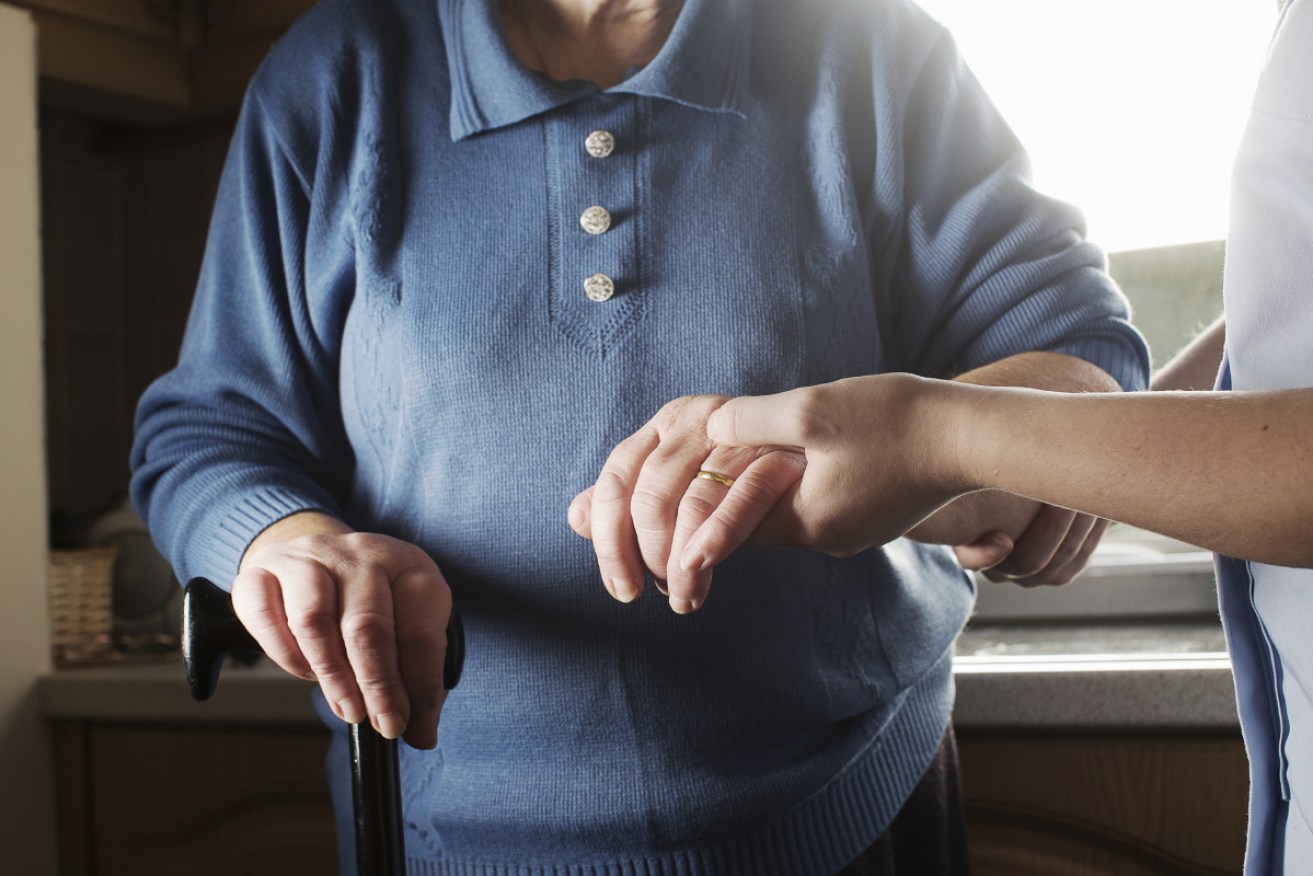Better care for older Australians key to easing strain on healthcare system


Primary care is cost-effective and delivers better outcomes for older Australians, experts say. Photo: Getty
Providing better primary care for older Australians is key to shoring up the nation’s overburdened healthcare system, researchers have said.
As the population ages and the proportion of tax-paying workers shrinks, the strain on the healthcare system is increasing, says an article by University of Newcastle researchers and published in the Medical Journal of Australia.
Improving the quality and availability of healthcare from primary providers, such as GPs, nurses and allied health professionals, is key to relieving the current burden on emergency departments and ensuring the nation’s healthcare system remains viable in the future, Professor of General Practice Dimity Pond and senior lecturer Catherine Regan wrote.
By 2057, nearly a quarter (approximately 8.8 million or 22 per cent) of Australians will be over the age of 65, the Australian Institute for Health and Welfare estimates.
Older Australians already account for 20 per cent of visits to emergency departments.
“In 2017, one-fifth of all presentations to emergency departments was for people aged 65 years and over, but multiple inpatient and outpatient hospital attendances are clearly not an effective way to deal with this growing challenge,” Professor Pond and Dr Regan wrote.
GPs and other primary care providers are best placed to deliver quality healthcare to older Australians due to “their potential to focus on primary and secondary prevention, their ability to identify disease at an early stage, their knowledge of the patient including their social context and their capacity for ongoing chronic disease management are vital for the health care of this group,” the researchers said.
Primary care practitioners are also “fairly readily accessible geographically” with the number of full-time practitioners per 100,000 people ranging from 111.6 in urban areas to 135.5 in remote areas.
However, older patients often require longer than the standard 20-minute GP consultation, and the Medicare system must be updated to ensure doctors are paid accordingly, they wrote.
“The system should recognise the need for longer consultations for older patients, which generally pay less per minute than do shorter ones, and reward them appropriately.”
Primary care has been shown to be cost-effective and would help to deliver better outcomes for patients while reducing the overall cost to the system, Professor Pond and Dr Regan wrote.
“Primary care is well placed for the care of older people. It has … the potential to relieve health system strain due to the demographic transition [to an older population],” they said.
“Moreover, primary care has been shown to be cost-effective, an important consideration in a society where tax-paying workers are a shrinking proportion of the population.”
However, in order to maximise the effectiveness and access to primary care for older Australians, improvements must be made.
“Policy and practice (including education) should focus on what primary care does well and could do better,” Professor Pond and Dr Regan wrote.
The researchers called for a slew of changes including a review of the guidelines for the 75+ health assessment and “care planning and policies that encourage better co-ordination between multiple primary care health and social services and the hospital system”.








